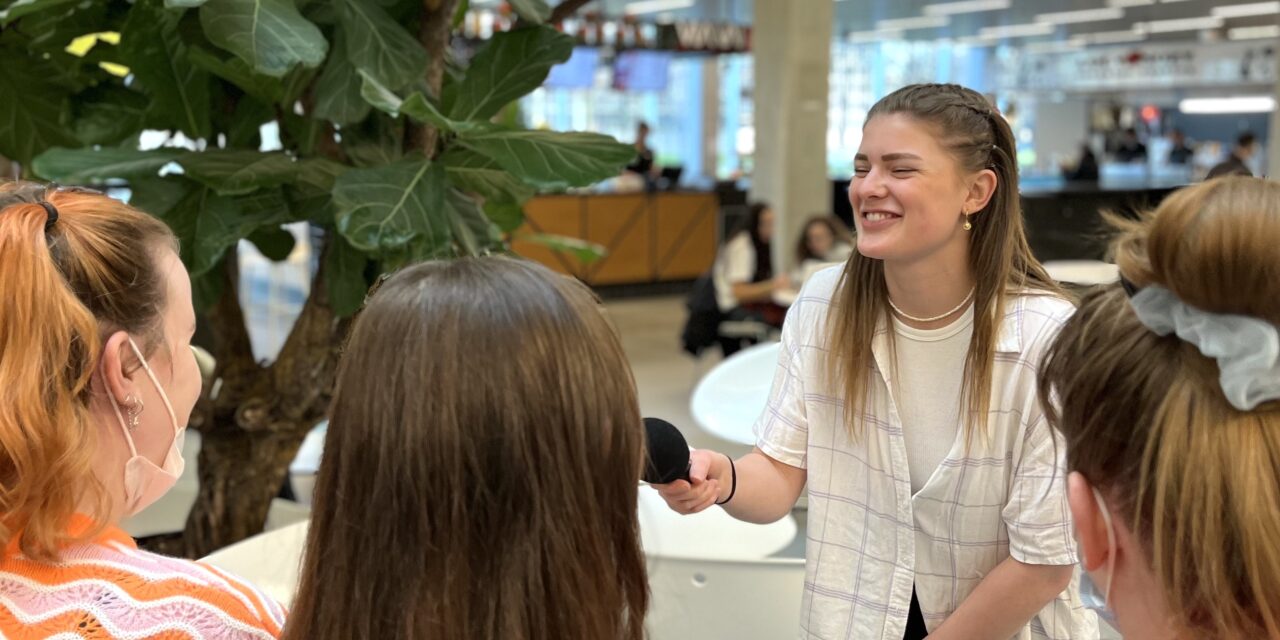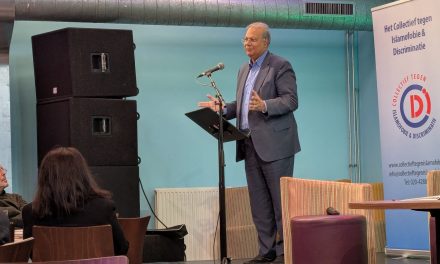The importance of presenting and representing children and teens in the news is known all over the world. The current production and reception of Danish broadcast television has changed remarkably in the past few years. But some countries tend to move back in time.
“Last night something happened in Ukraine. Russia attacked their neighbor country with soldiers, flights and tanks. The fight takes place far away from us and the conflict is between Russia and Ukraine. It is completely understandable, if this makes you feel uncomfortable or afraid. If you want, you can see this transmission with your friend, your parents or your teacher.” This is how the broadcast television channel ‘Ultra News’ transmitted their episode in Denmark february 25th.
Danish children’s television, in particular, is frequently a source of good content for teens and children. As an example, ‘Ultra News’ appears in Danish television and targets children between 9-14 years. The program aims to educate their viewers and encourage them to reflect on the world we live in. The program has managed to both entertain and educate children on news from around the world. Whether it be questions about the pandemic, cool athletes at the Winter Olympics, or to understand the conflict between Ukraine and Russia. Since 2013 the program has provided young children with a gentle introduction to countless important, and sometimes distressing issues.
Jonas Madsen has been a children’s reporter on ‘Ultra News’ for 4 years. He was part of the change in Danish broadcast television, when the public service channel DR turned their program upside down. However, associate professor of film studies and media use for children, Eva Novrup points out that children programs in Australia differ from the change in Denmark. Instead of live action productions, which Denmark takes very seriously, they tend to make more animated content to get international financial support and make programs with international appeal.
National vs. international focus
In 2013 ‘Ultra News’ was placed in a big studio with adult reporters telling news to children. But in 2018 the public service channel DR made a huge change. They hired young profiles to become reporters and started to move out of the studio and into the real world. Jonas Madsen took part in the change and states that it does not look like a set-up, when the transmission takes place in the real world instead of a television studio.

‘Ultra News’ moved out of the traditional studio in 2018 and tried a new approach by hiring new profiles for their broadcast program.
“When children meet content today it is very rare that they are in a studio. For this reason, we try to meet them where they are, whether it is in their room, in school or outside. We try to make it recognizable.” Since then, Denmark focuses on live action productions in both fiction and live-television for children. The young viewers see a reality like the one they know, they hear people speak Danish and they see a class that looks like their own.
With this in mind, Australia is moving away from live action productions. Countries such as Australia, New Zealand, and Canada have a limited funding. Eva Novrup explains: “Instead of showing an Australian reality with Australian accents, they tend to make productions that can travel. They want to make content with an international appeal because it is easier to sell to international players.“ This stands in contrast to the Nordic institutions, which represent the stronghold of the public service tradition in broadcasting where broadcasters are well founded and occupy a central position in society. For this reason, Australia does not focus nationally like Denmark but more on the international stage.“It is about the interplay between identification and fascination. Can we identify ourselves and is it something we find fascinating? Children’s television has to be entertaining. Both teens and children are very picky, and they can easily turn off the tv or watch something else. For this reason, we have to make content they can mirror themselves in or identify themselves with,“ she notes.
‘Ultra News’ captures the attention of the youth by entertaining them and educating them in a manner which is easily understood. Jonas Madsen clarifies: “We use a lot of illustrations, gamifications and music. As an example, we have a format called “False or Facts” on Instagram where children interact and can vote what they believe through polls.”
News, current events and historical happenings can help make young people more aware of other cultures and people. Through innovation, a fun learning environment, and tailor-made content to children, ‘Ultra News’ can extend children’s understanding of their world. Jonas Madsen believes that this is why ‘Ultra News’ succeeds in what they do and the reason why children keep watching their program. They are entertained but they also get smarter.




